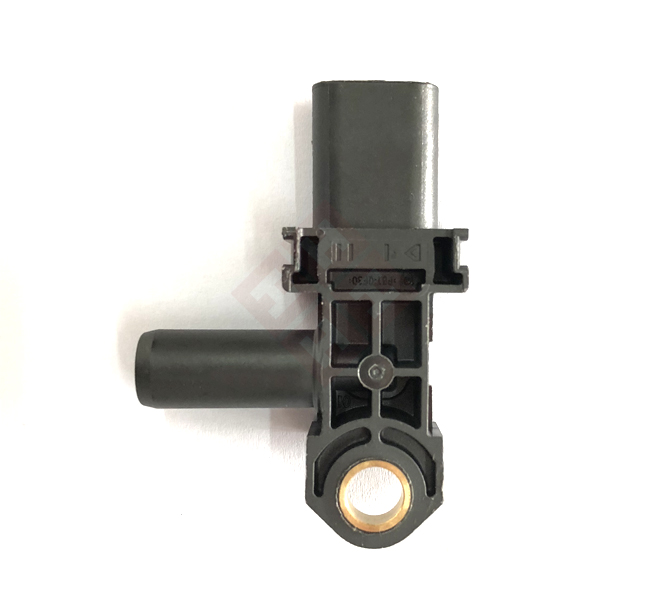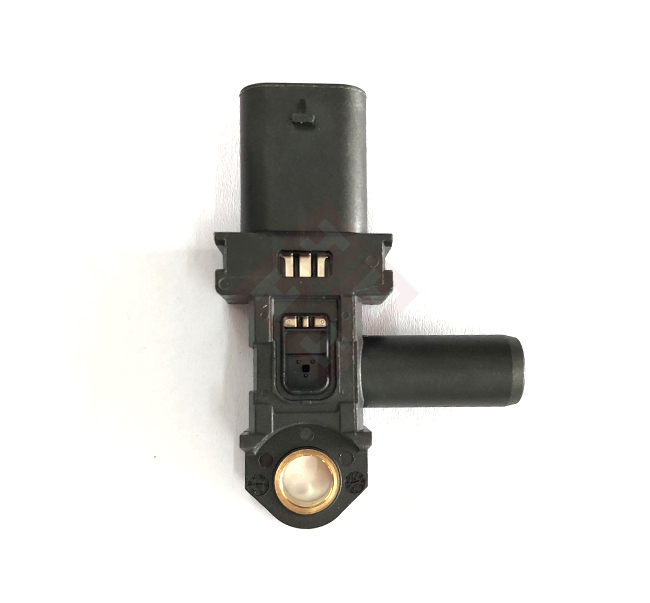Working Principle
Structural Composition
Molding Components: Include the male mold (core) and the female mold (cavity), which directly determine the shape, size, and surface quality of the plastic part. For example, the shape of the sensor housing and the position of the mounting holes are determined by the molding components.
Gating System: Composed of the sprue, runner, gate, and cold slug well, its function is to introduce the molten plastic ejected from the injection molding machine nozzle into the cavity.
Guiding Mechanism: Such as guide pillars and guide bushes, which ensure that the moving mold and the fixed mold are accurately aligned when the mold is closed, avoiding misalignment that affects product accuracy.
Ejection Mechanism: Includes ejector pins, return pins, etc. It ejects the formed plastic part from the mold after the mold is opened.
Temperature Regulation System: Generally achieved through a water - circuit cycle, it controls the mold temperature to enable the plastic to cool and solidify quickly and evenly, ensuring product dimensional accuracy and appearance quality.
Ventilation Mechanism: Usually, venting grooves are opened at the parting surface, and the gaps of ejector pins and sliders can also be used for venting. The purpose is to expel the air in the cavity during the injection molding process to prevent defects such as air holes and short shots caused by air residue.
Manufacturing Process
Mold Design: Based on the design requirements, dimensional accuracy, production batch, etc. of the plastic parts of automotive pulse sensors, comprehensively considering factors such as the specifications of the injection molding machine and the properties of the plastic material, the design determines the mold structure, size, and details of each component.
Machining: Using processes such as CNC machining, EDM (electrical discharge machining), wire - cutting machining, and deep - hole drilling machining, the raw materials such as mold steel are processed to manufacture each component.
Fitter Assembly: Fitters grind and assemble the processed components, and check whether the movement of components such as ejector pins and sliders is smooth, and whether there are interference problems in the mold.
Polishing: Using tools and materials such as sandpaper, oilstones, and diamond paste, the product appearance surfaces and other parts of the mold parts are polished to improve the surface quality of the mold and ensure the appearance of the plastic parts.
Inspection and Trial Molding: Trial molding is carried out through an injection machine to detect whether the mold actions are normal, whether the product structure and quality meet the standards, and provide a trial - molding process parameter report, etc.
Mold Modification and Repair: According to the results of trial molding, if there are problems with the product, the mold is adjusted and modified to meet the production requirements.
Advantages
High Production Efficiency: Suitable for mass production, it can quickly form plastic parts of automotive pulse sensors to meet the large - scale production needs of the automotive industry.
High Dimensional Accuracy: It can precisely control the dimensions of plastic parts, ensuring stable product quality and consistency, and meeting the assembly requirements of sensors.
Ability to Mold Complex Shapes: It can manufacture sensor plastic parts with complex external shapes and internal structures, such as those with various slots, bosses, and other structures.
Limitations
High Mold Cost: Design and manufacturing require professional technology and equipment, with large upfront investment, which is uneconomical for small - batch production.
Low Production Flexibility: After the mold is manufactured, if the product design needs to be changed, it is difficult, costly, and time - consuming to modify the mold.



